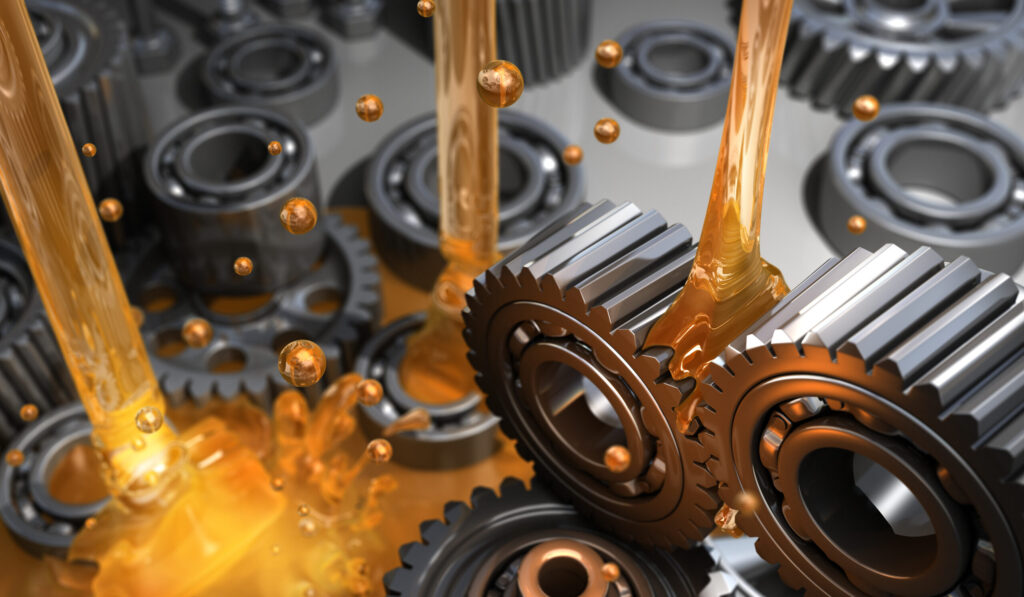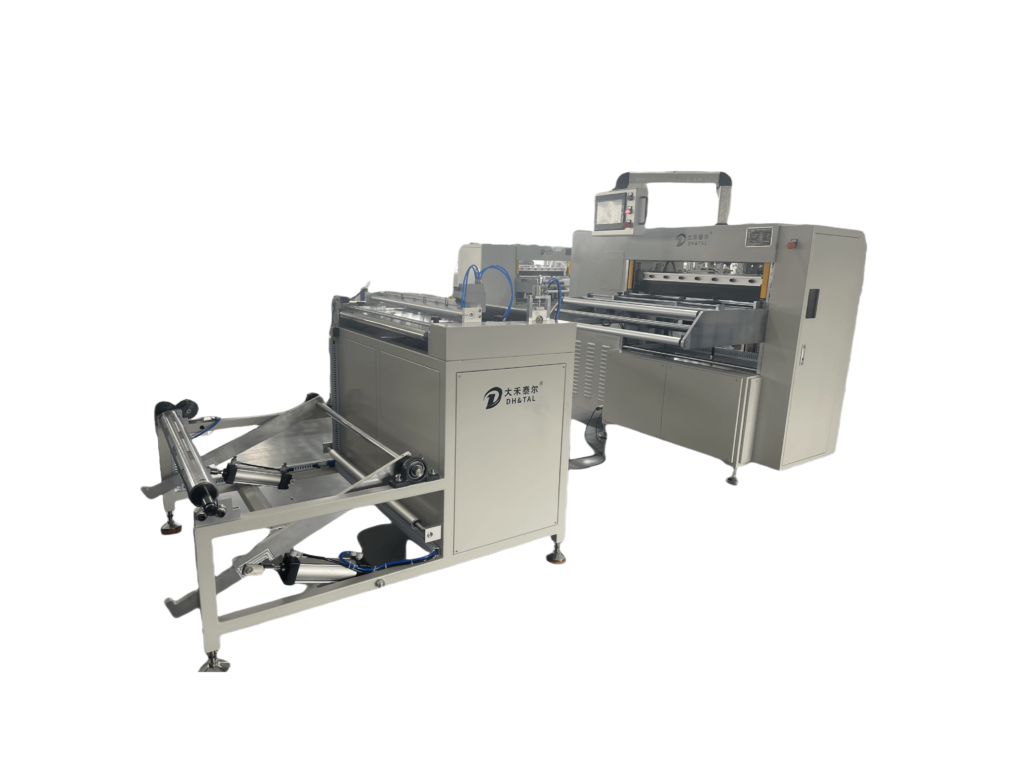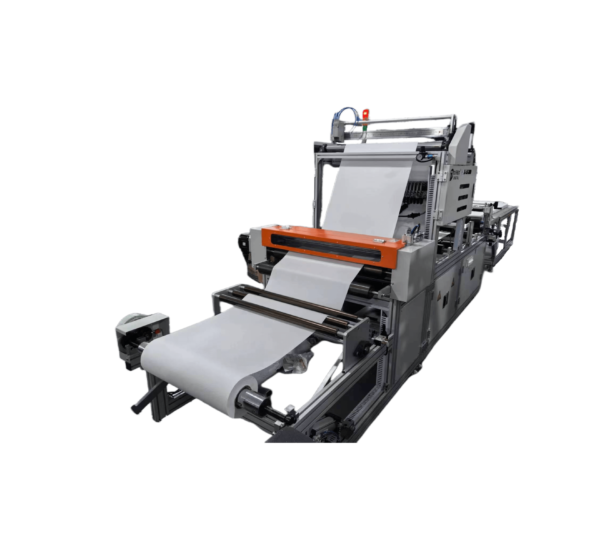The bearings in air filter pleating machines support the shaft, guide the motion, and ensure precise pleat formation. When bearing performance deteriorates, operators observe increased vibration and irregular pleat geometry. This guide will explore the complete life cycle of the air filter pleating machine bearing health. We will discuss diagnostic techniques such as vibration analysis, thermal imaging, and oil contamination monitoring and detail practical preventive measures, including proper lubrication, shaft alignment, and load management. Helping filter manufacturers extend bearing life, minimize downtime, and ensure production continuity.
Early Warning Signs of Air Filter Pleating Machines and Vibration Analysis
Vibration analysis is one of the most effective methods for diagnosing air filter pleating machine bearing wear. The bearings in the paper pleating machine are subjected to cyclic radial and axial loads as the pleating head reciprocates or rotates. Over time, microscopic fatigue defects will appear on the bearing raceways and rolling elements, which produce characteristic vibration frequencies.
Operators can track key parameters: total vibration velocity, frequency spectrum, and trajectory plots by performing regular vibration scans using a portable analyzer or sensor. Early pitting shows up as increased amplitude at the characteristic bearing fault frequency. An investigation is warranted when these amplitudes exceed threshold limits (typically 4.5 mm/s RMS for general industrial equipment). Therefore, analyzing velocity trends over weeks or months can provide a clear picture of the bearing wear rate. Incorporating vibration analysis into your air filter folding machine maintenance schedule can detect wear early and avoid catastrophic failures.
Control through thermal imaging and temperature monitoring.
Excessive friction caused by bearing wear or lubrication failure manifests in heat generation, so thermal imaging and in-line temperature sensors are essential for air filter pleating machine bearing maintenance. Infrared cameras can scan the bearing seat during operation. Hot spots usually indicate lubrication problems or friction on the plating surface. For continuous monitoring, thermocouples or RTDs mounted near the outer ring of the bearing transmit real-time temperature data to your PLC system.
A rule of thumb for extending bearing life is to keep bearing temperatures below 80°C. If readings consistently exceed this level, immediate action is required. Excessive heat accelerates lubricant oxidation and cage deformation, increasing wear. Regular thermal inspections can help operators correlate temperature spikes with specific operating conditions.
Lubrication measures to prevent air filter pleating machines bearing degradation
Bearings rely on a continuous film of grease or oil to isolate the rolling elements from the raceways, minimizing metal-to-metal contact. Inadequate lubrication results in increased friction, heat, and abrasive particle formation. Conversely, over-lubrication can lead to tumbling, high temperatures, and seal damage.
Implementing a controlled lubrication program includes selecting the appropriate grease viscosity and base oil, adhering to relubrication intervals based on the bearing duty cycle, and using automatic greasers or centralized lubrication systems when feasible. Bearings in hot or dusty environments, common around air filter folders, can benefit from moisture- and particle-blocking grease formulations. Grease life monitoring with metal inclusion sensors in the lubrication lines can help detect lubricant contamination early, allowing for timely reservoir replacement.

Ensure proper shaft alignment and load distribution.
Misalignment and uneven load distribution are also leading causes of premature air filter folder-bearing failure. When shafts are misaligned, the bearing rollers are subject to additional bending moments, which can cause localized stresses and accelerated fatigue. Likewise, an unbalanced drum or uneven pleat head loading can change the force distribution inside the bearing, concentrating stress on specific rolling elements.
To avoid these pitfalls, perform a laser alignment check on the pleat head and drive shaft during installation. Alignment tolerances should typically be within 0.02 mm over a 100 mm coupling span. Use a dial gauge to check shaft runout and correct for pulley or cam eccentricity that could create cyclic loads. Also, ensure that the pleating head clamping force (adjusted by a pneumatic or servo-driven cylinder) is applied evenly to prevent side loads on the bearing housing.
Environmental Control and Bearing Protection
The operating environment of an air filter pleat machine significantly impacts bearing life. Filter workshops are often dusty, with high humidity and temperature variations—all factors that accelerate bearing wear, corrosion, and lubricant breakdown. Localized suction around the pleating head, positive pressure bearing seats, and heat shields protect the bearings from particle and moisture intrusion. Standard solutions include labyrinth or contact seals to exclude fine cellulose or synthetic fibers generated by the pleating process. Silicone or fluoro rubber sealing materials resist chemical attacks from residual adhesives from the pleating process. In addition, maintaining workshop temperatures within the 15-30°C range reduces the effects of thermal cycling stress on bearing clearances and grease viscosity.
Proactive Approach to Preventing Bearing Wear
Diagnosing and avoiding bearing wear in air filter pleating machines requires a multi-faceted maintenance approach that requires a high level of technical expertise and strict operating practices. Manufacturers can provide early warning of potential failures by implementing vibration analysis, thermal monitoring, and proactive lubrication programs. Ensuring precise shaft alignment and balanced loading, combined with environmental protection measures, can extend bearing life.




